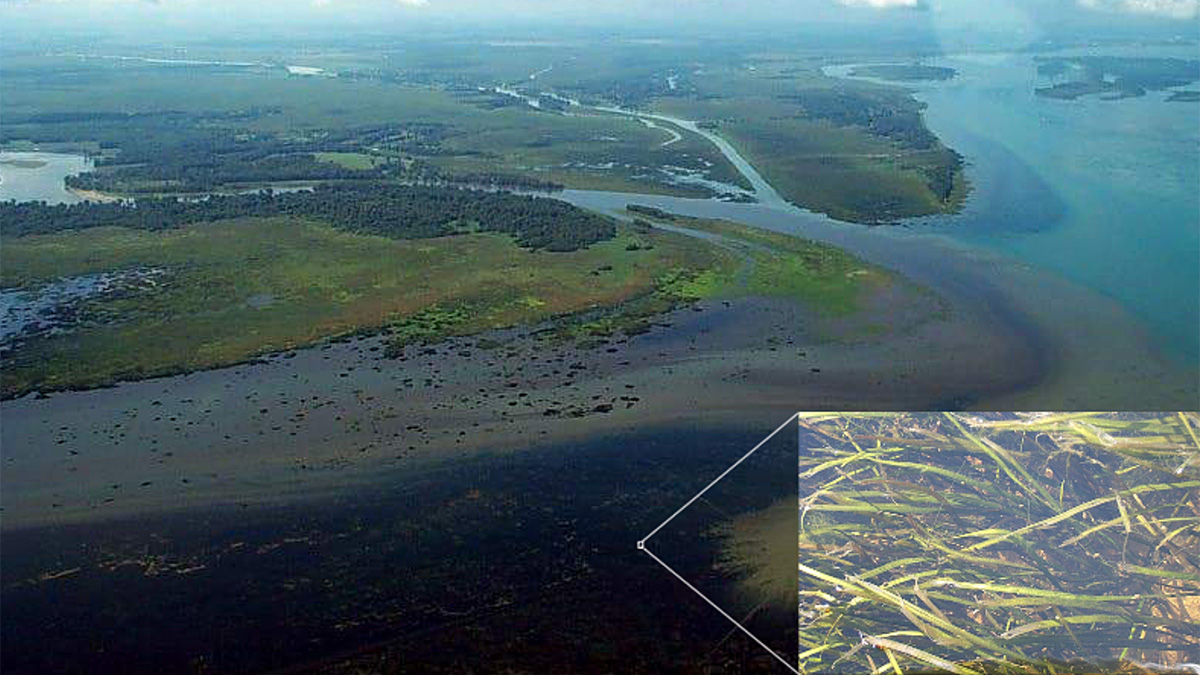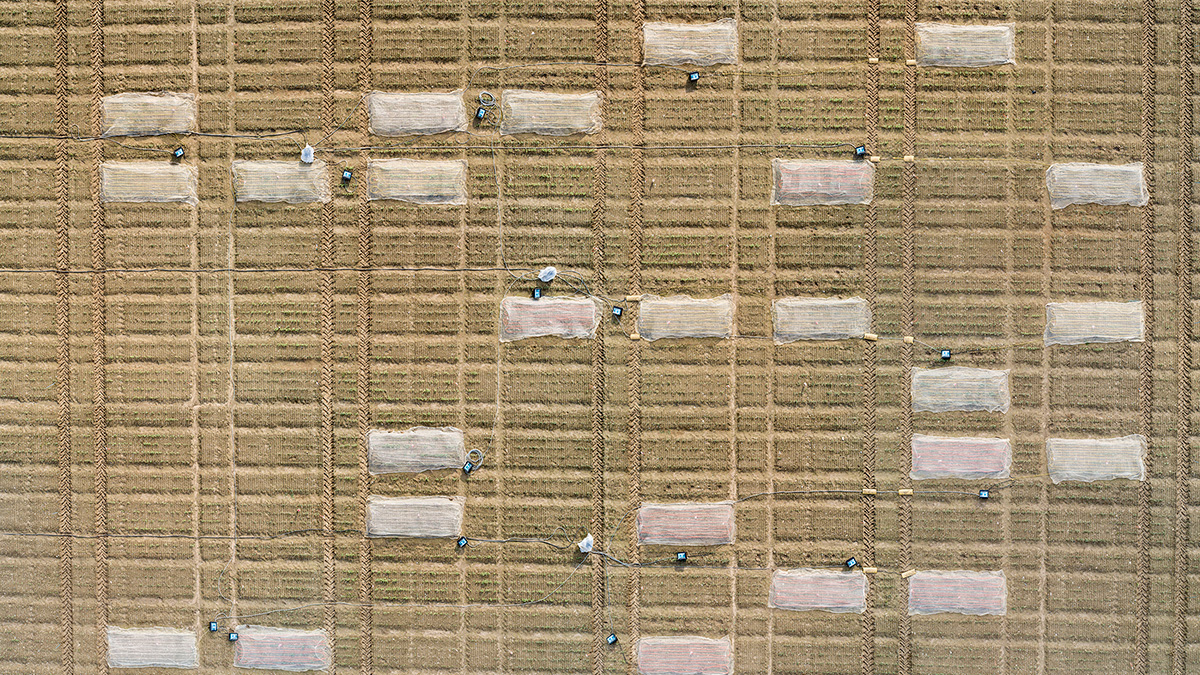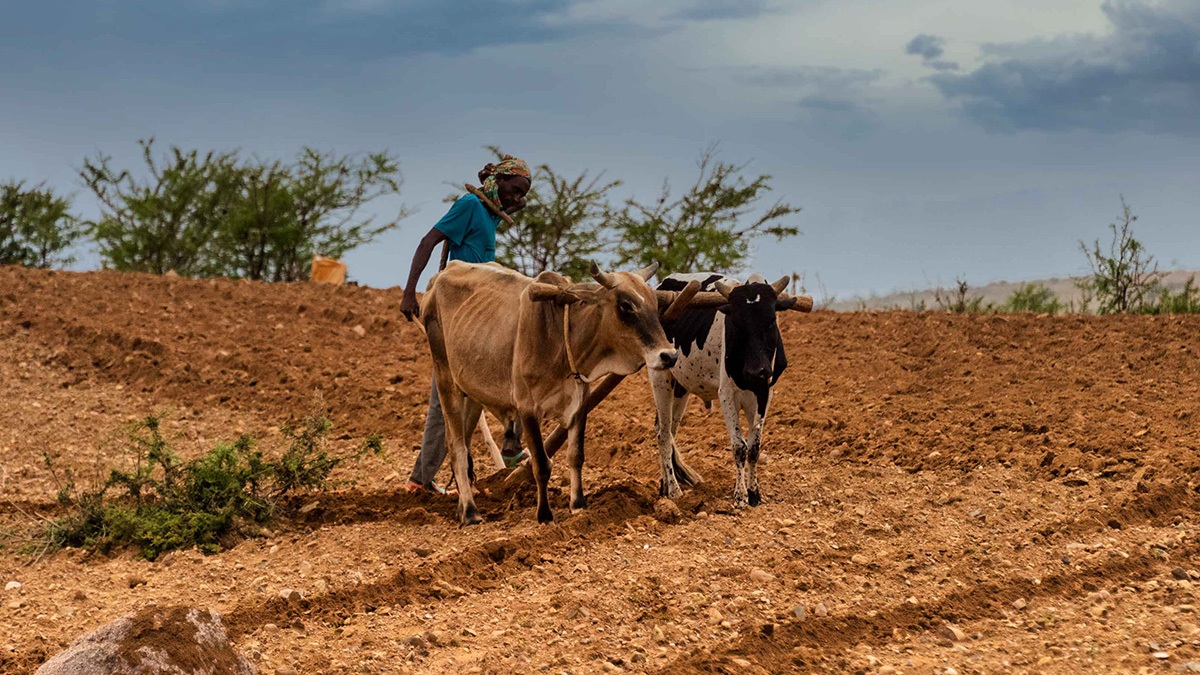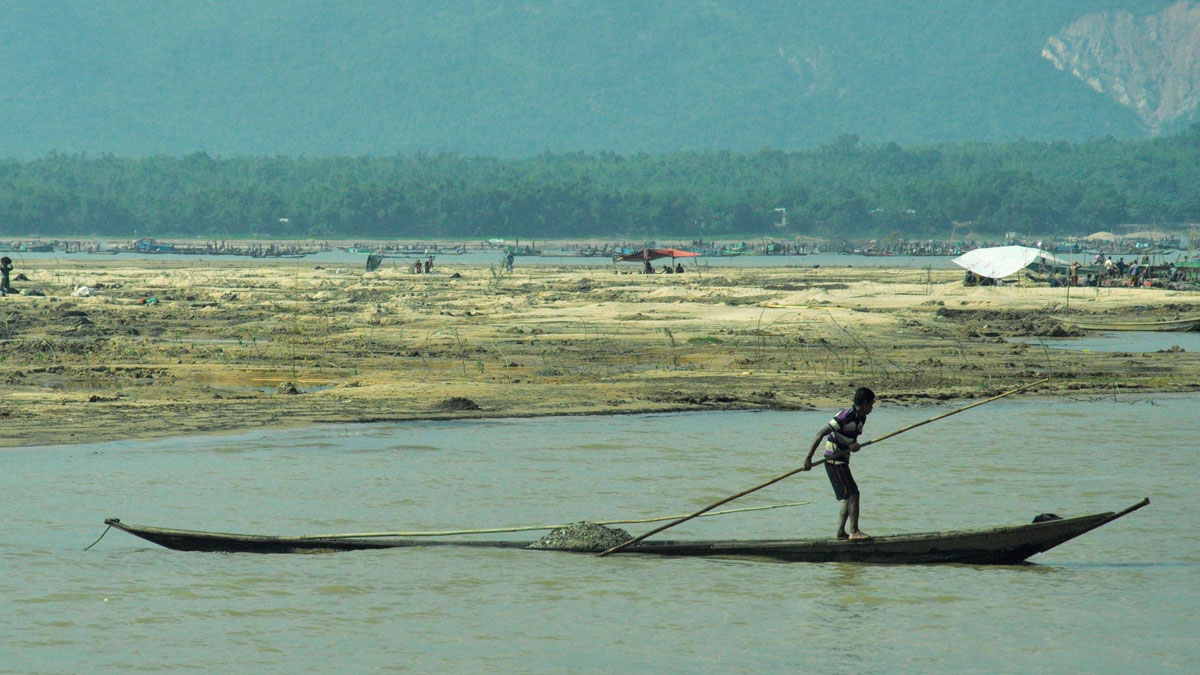Over the course of a decade, farmers growing corn and soybeans in the U.S. Midwest increased their adoption of cover cropping—a tenet of so-called conservation agriculture—by fourfold.
agriculture
The World’s Roots Are Getting Shallower
Root-filled soils are hot spots of nutrient cycling and carbon storage. New research finds that the world has lost millions of cubic meters of rooted soil volume—and we’re on track to lose much more.
How Climate Change Is Affecting Women in the Amazon
Droughts and floods have radically altered family farming, but women leaders are finding solutions for themselves and their communities.
High-Frequency Monitoring Reveals Riverine Nitrogen Removal
Years of daily readings provide an unprecedented view into how a submerged aquatic meadow kept nitrogen from reaching the St. Lawrence Estuary as well as insights on how climate change may alter it.
Warmer Winters Keep Crops Sleepy into Spring, Hurting Yield
Annual crops go dormant during winter. Frosty temperatures cue them to wake up—but the warmer winters brought on by climate change scramble the cold signal, hurting yield.
Food Deficits in Africa Will Grow in a Warmer World
Under the combined stress of growing populations and current warming trends, many African nations will face increasing shortfalls in food production in the coming decades.
Wetlands on the Farm: Potent, Nutrient-Capturing Tools in (Relatively) Small Packages
Constructed wetlands can significantly reduce water pollution from tile-drained farms.
Irrigation in Indo-Gangetic Plain Has Little Impact on Heat Stress
Irrigation-related cooling during summer months is overestimated by roughly 5 times, highlighting the need for climate models to accurately reflect local agricultural practices.
Bangladeshis Feel Increased Consequences of Sedimentation
In northern Bangladesh, residents are losing their livelihoods, homes, and personal safety when water carries sand and gravel into their communities.
The Shapes of Shrimp Farms Affect Their Groundwater Pollution
New findings may help decisionmakers optimize shrimp farm layouts, which could help improve coastal water quality.










